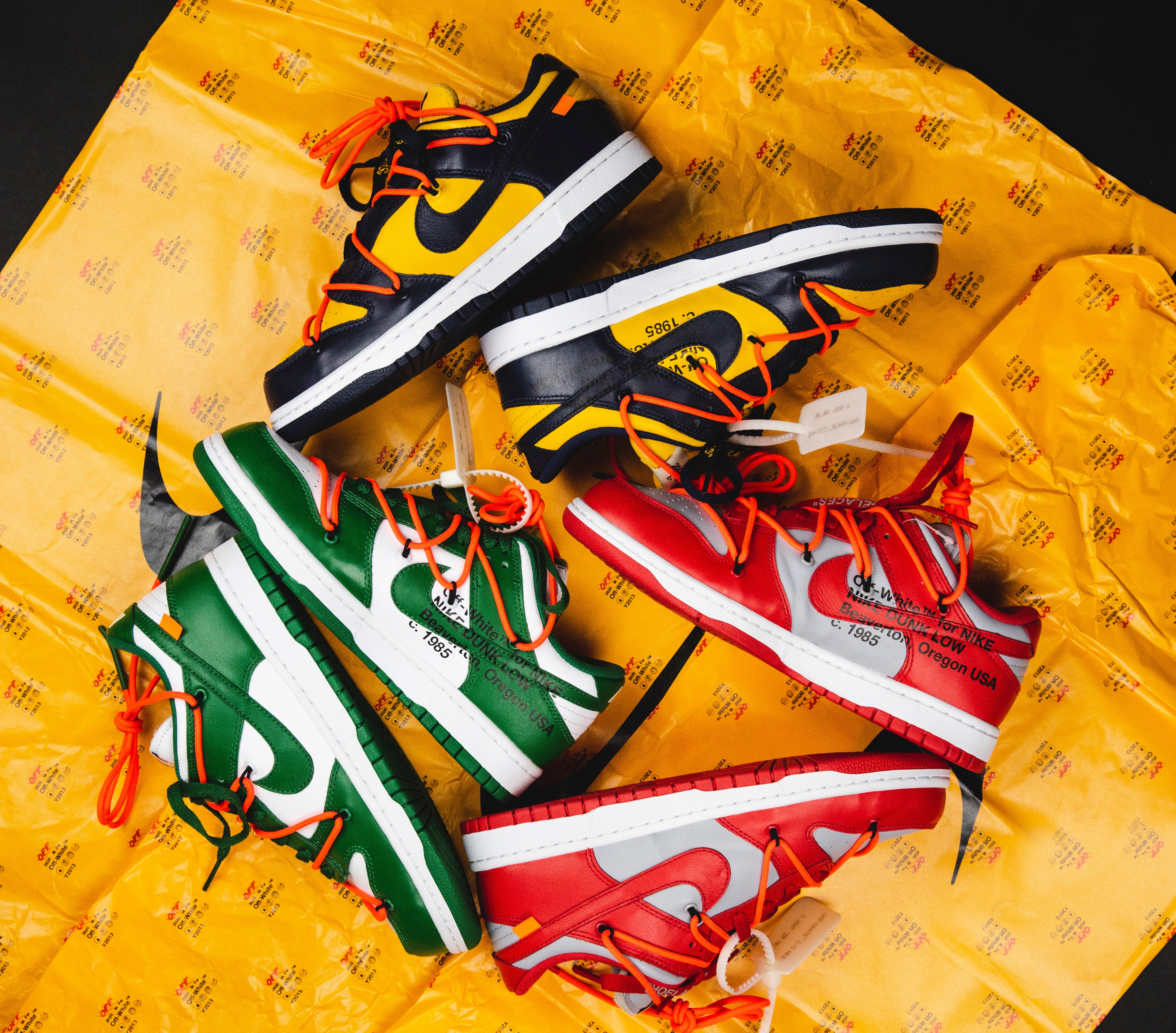1990
The success of the Air Max 1 was immense for the Swoosh, and in 1988 Nike added a walking shoe to the newfangled Air Max lineup. Dubbed the Air Walker Max, the sneakers were essentially a heavier, more supportive take on the Air Max 1 that was constructed entirely of a leather upper while maintaining an AM1 aesthetic.
Following the release of Nike’s walking shoe in ’88, Tinker Hatfield was tasked with evolving the Air Max running line for Nike. Original-ly called the Air Max III, “The shoe that looked fast”, was the feedback when people saw the Air Max 90 for the first time. Tinker Hatfield took inspiration from previous Air Max iterations (AM1 ’87, Air Walker Max ’88 and Air Max Light ’89) and brought to life a shoe that is considered today as one of the most iconic silhouettes and col-ourways ever made.
Air Max 90

For the AM90, designer Tinker Hatfield wanted to hit the ground run-ning and highlight the new silhouette’s bigger Air bag. He gave the sneakers fluid lines throughout, while perfectly highlighting the “Air” window with, for the very first time, the bold “Infrared” (originally called “Hyvent Orange”) accents. The “Infrared” colourway is arguable Nike’s most important colourways and has been used on a number of different silhouettes since its debut on the AM90. On the heel was a thermoplastic tab with the patented “NIKE AIR” branding and the sockliner featured an Air Max 1 outsole print debossed in it because Tinker Hatfield thought it was going to be the last shoe he ever de-signed. Like most of Hatfield’s designs, the sneaker was radical in eve-ry way and certainly was going to raise some eyebrows at first, but the Air Max 90 proved to be an instant classic, popularised in the US, UK and Japan at the same time. Whilst there were a few colours that were released, including the “Spruce” (Lime), it was the “Infrared” colour blocking that made the biggest impact.

In 1990, the Air Max 90 originally retailed for $110


